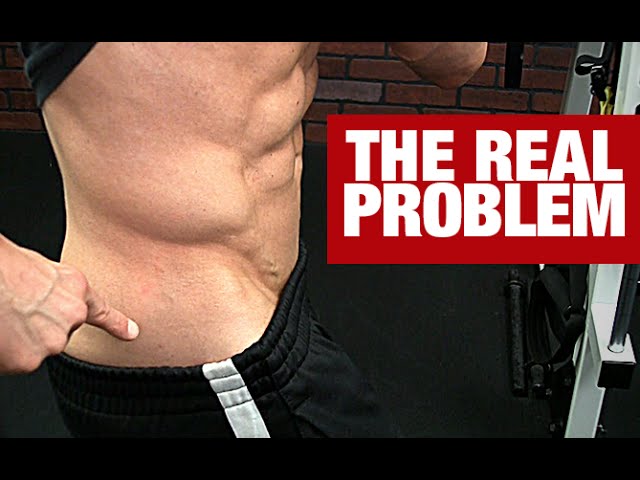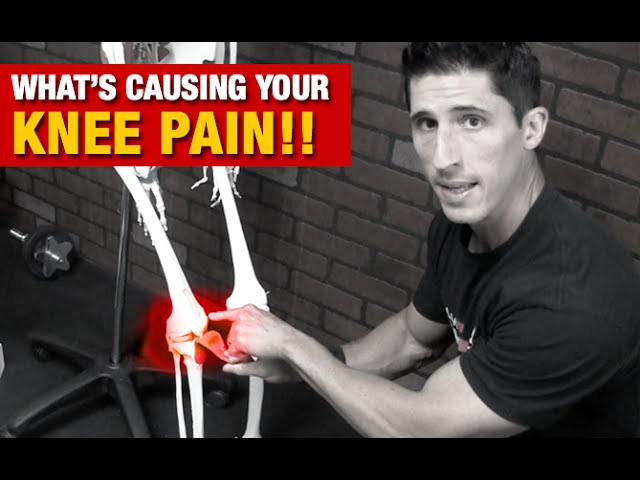Fix tightness and build an athletically functional body here
http://athleanx.com/x/build-the-body-of-an-athlete
Many lifters, runners and bikers will get pain on the outside of their knee or thigh and think that they have IT Band Syndrome because they’ve been told that they do. Unfortunately, the IT Band is just caught in the middle of some pretty significant problems in one of likely four other muscles. In this video, I show you how four muscles in the hip actually contribute to the pain and tension felt in the Iliotibial band and what you need to do to fix them. Here’s a hint, you do not want to foam roll out the IT Band unless you want more pain and discomfort.
The IT Band is a thick fibrous tendon that runs along the lateral aspect of the thigh and connects from the hip to the tibia on the outside of your knee. This tendon has the ability to withstand changes in tension to it by having up to 1000 pounds of resistive capacity. If you think that you are going to be able to foam roll out the tightness that may be present in this structure you are sadly mistaken.
That said, you can definitely influence the tension present in this band by addressing the muscles that insert into the IT Band. The gluteus maximus, lateral hamstrings and quads and tensor fascia lata are all muscles that feed into the iliotibial band. When any of these muscles are tight they pull on the band and cause it to be not just tight but also out of balance with the rest of the tension that is contributing or feeding into it. This can cause a pulling on the femur and make it hard to properly execute a squat or ride a bike without feeling pain in the outside of your thigh or knee.
Instead of foam rolling the IT Band, you want to compress and floss the offending muscles feeding the tension. Here I show you two of these mobility drills that you can do to decrease the tension in a hypertonic muscle such as the TFL or the lateral quads. You want to use a resilient structure like a lacrosse ball or the fat gripz that I’m using here, since they have a much lower profile than the foam roller. This allows you to keep your leg in contact with the ground and move it into hip flexion as if you were while doing a squat.
If you do not feel any discomfort at all in these movements when you place the muscle in contact with the grips, then you likely do not need any work on this muscle. This is one of the biggest places people waste time in the gym these days. They see every mobility drill in the books and want to add it to their routines, not realizing that the wrong mobility drills when performed can actually do more to put you out of balance than bring you into it!
Mobility work is only effective if you are mobilizing structures that need it in the first place. Same goes for training and workout programs. Doing what you think looks cool or because someone else told you it was, is not the prescription for an effective workout plan. Doing what needs to be done and only what needs to be done while ignoring the rest of the broscience out there is a great way to get results and get them faster. You can do that by getting the ATHLEAN-X Training system available at http://athleanx.com
For more hip mobility videos and ways to help stretch a tight IT Band, be sure to subscribe to our channel here on youtube at http://youtube.com/user/jdcav24

